Berlin is a city that still carries scars from a war that ended more than seventy years ago. You can see it on the walls of some old buildings and on all the air shelters that still exist today.
Berlin Bunkers are everywhere, and we will discuss some below.
Bunkers, technically known as Air Raid Shelters, were built to protect people from enemy air raids. Some were pre-existing places like subway stations, tunnels, or basements.
In Germany, a specific type of air-raid shelter was typical of the country. It was called Hochbunker, and it was considered to be completely bomb-proof. These bunkers were usually made of large concrete blocks and were built upward. This was much cheaper and faster to produce than the ones using an under excavation.
Some of the bunkers we visited here in Berlin follow this design, but not all.

Boros Collection Bunker
I still remember the first time I came across the bunker where you can find the Boros Collection. Berlin was still something new for me, and I decided to walk around Oranienburger Tor to get a glimpse of what East Berlin used to look like.
When I looked before me, I took pictures of buildings and saw this massive concrete block with many plants falling from the top. It was like a scene from a video game or a weird sci-fi movie. I couldn’t believe a house was sitting on top of a bunker.
When I got home, I researched the place and found out about the Boros Collection. The bunker gets its name from Christian Boros, who repurchased his contemporary art collection in 2003. The renovation work to make the place usable was finished in 2007.
Today, you can visit the art collection through registration at their official website.

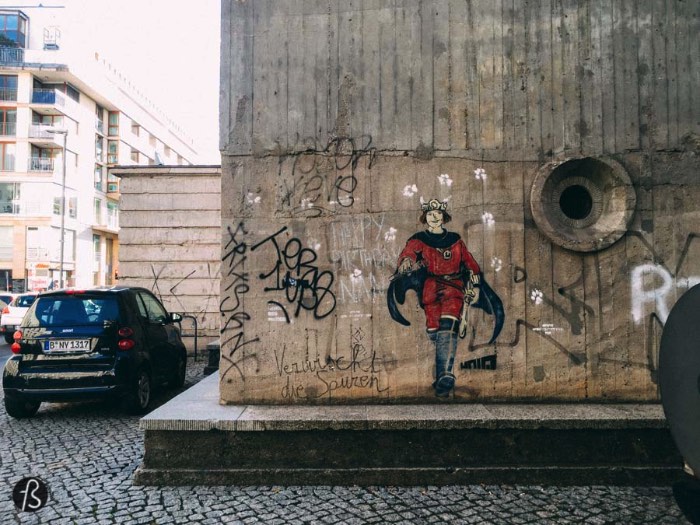
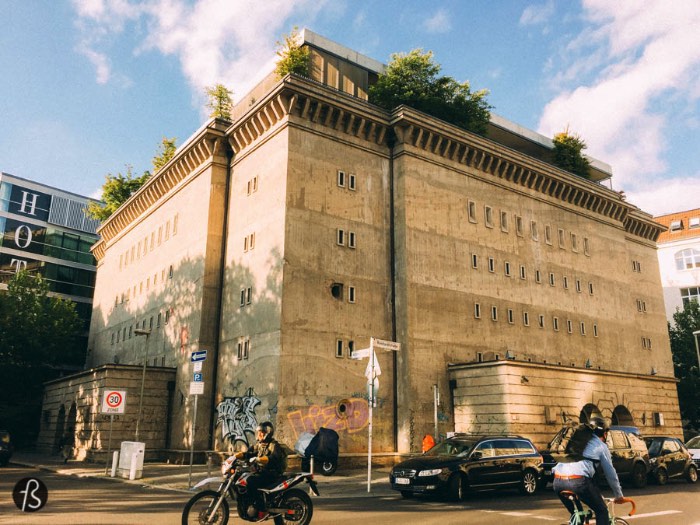
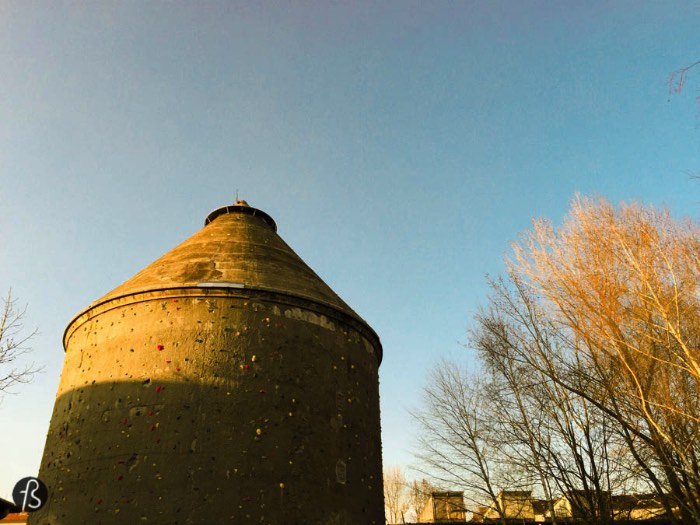
Der Kegel Bunker in Friedrichshain
Some of the bunkers we visited are hidden in plain sight, and this is exactly precisely the bunker known as Der Kegel. This bunker can be found in the middle of the RAW area in Friedrichshain, next to Cassiopeia, and since 2005, it has been used as a climbing tower.
I can’t say how often I had a beer next to this building before I realized those people were climbing an old Second World War bunker in the middle of one of the most alternative parts of Berlin.
If you are into climbing, the Kegel is for you. I’m sure climbing a bunker might be a first for most people.
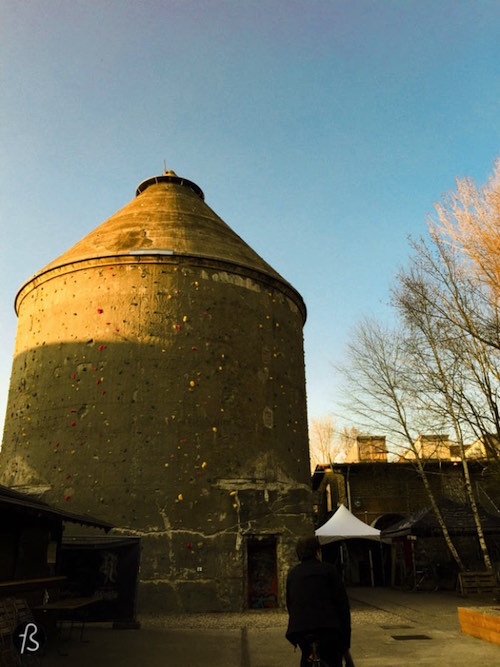
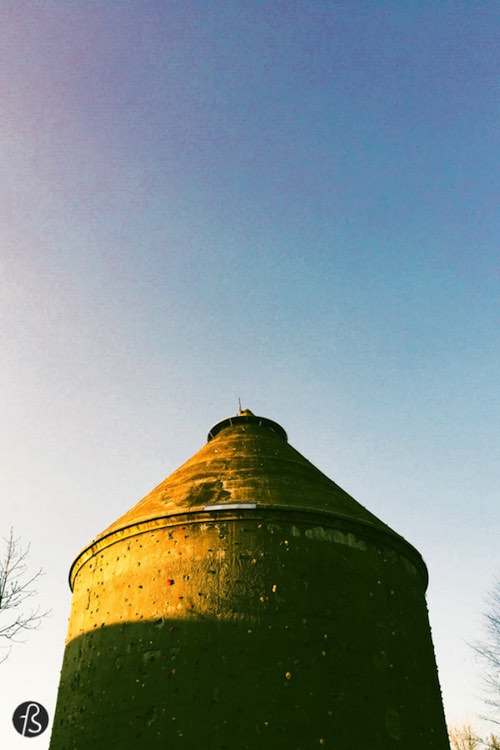
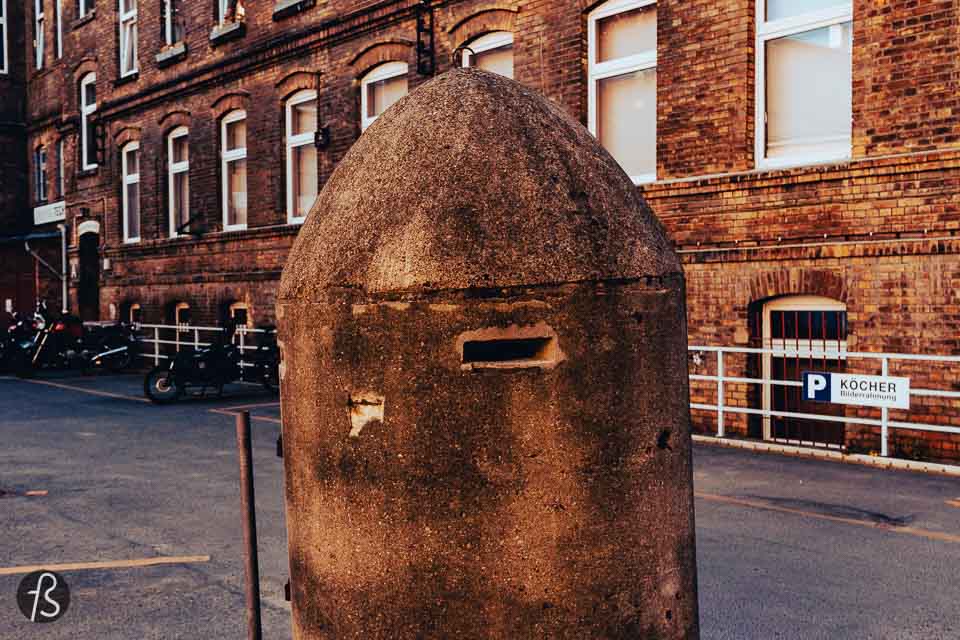
The Splitterschutzzelle Bunker around Hermannplatz
Hidden discreetly in a parking lot near Hermannplatz is a small bunker with a significant history often overlooked in records. Nevertheless, its continued existence is a powerful reminder of Berlin’s past during the war.
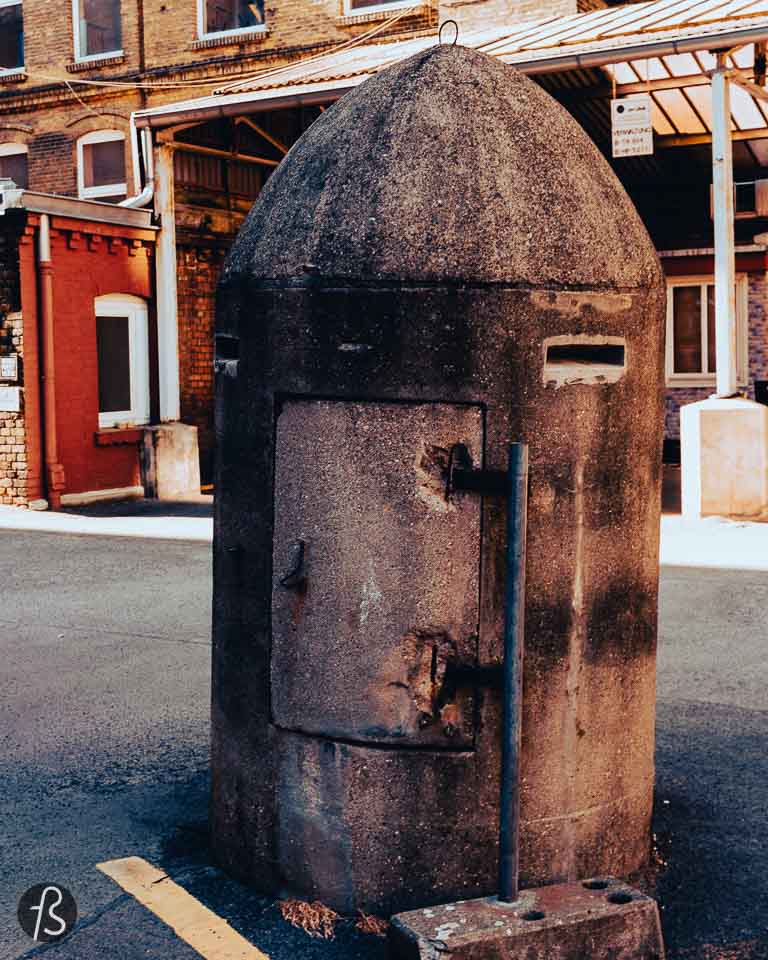
This type of bunker, a Splitterschutzzelle, gives us a glimpse into the construction of individual shelters that were common during the Second World War. Made mainly of strong concrete and shaped like a cylinder, it was designed to protect people from flying debris and splinters. While we know there were bunkers around the U-Bahn Hermannplatz and that the Karstadt department store was involved in intense battles during the Battle of Berlin, there is limited information about this specific structure.
Some speculate that this bunker might be connected to the extensive underground network beneath Karstadt. There may also be an emergency exit from this small bunker, but we don’t have concrete evidence to support this yet.
We mentioned this small one-person bunker in an article about Berlin Battle Damage and what remains from the destruction of the Second World War in Berlin.
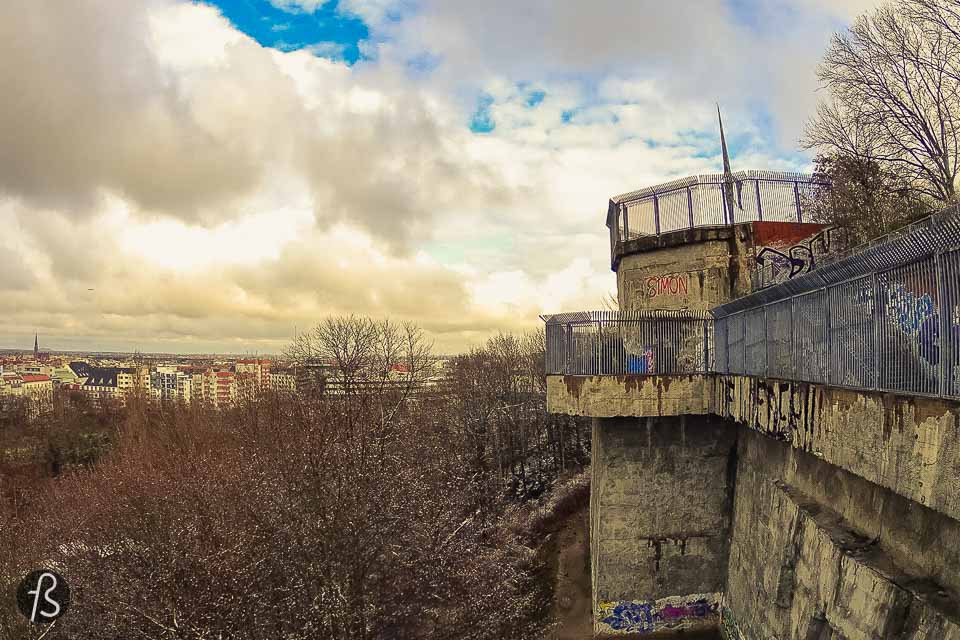
The Gesundbrunnen Bunker and the Flak Tower
Connected to the U-Bahn tunnels north of Berlin, you’ll find the Gesundbrunnen Bunker. To visit this complex of hallways and rooms designed to protect the people from the area during the Second World War, you must contact Berliner Unterwelten.
They do amazing tours of the area where they explain everything about the place, and it is worth it. We were there a couple of months ago, and it was a great experience.
A visit to the Flak Tower can also be arranged through Berliner Unterwelten. And it’s hard to say this, but visiting the bunkers under Gesundbrunnen was even more amazing. If you ask why, I must explain that it happened because I feel like Flak Towers are somewhat special.
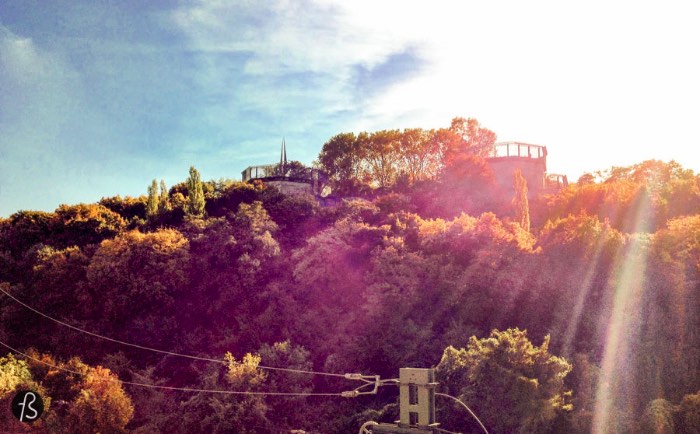
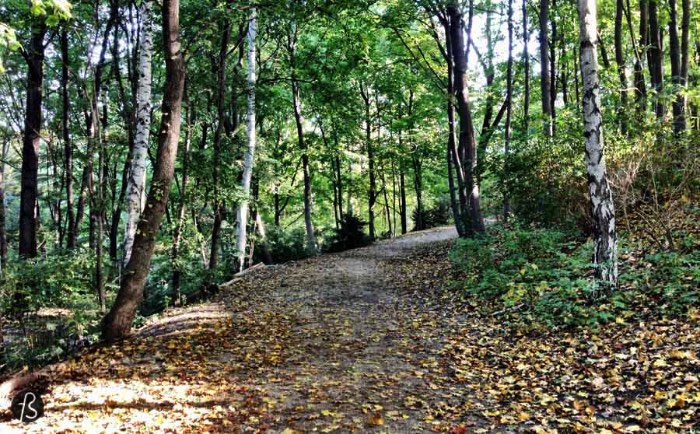
There are even fewer today because not so many were built during the Second World War. The one that still partially stands at Humbolthain Park is the only one in Berlin, and it is a must-see place. Also, one of the tower’s outer walls is used as a climbing wall today.
From the top of this former war structure, you will have an amazing view of Berlin, and it is more than worth the climb all the way there, as you can see in the pictures here.

The Twin Bunkers of Wittenau
You must go to Wittenau to see the Twin Bunkers of Witten Strasse. Both Hochbunkers were built in September 1940 with orders from Albert Speer, and by 1941, they were ready to protect the local population.
The weirdest thing about those two bunkers is that a car repair shop uses them, and cars are everywhere. If I had a car, I would drive there to have it fixed in a place that used to be a Second World War bunker.
Weird, right?
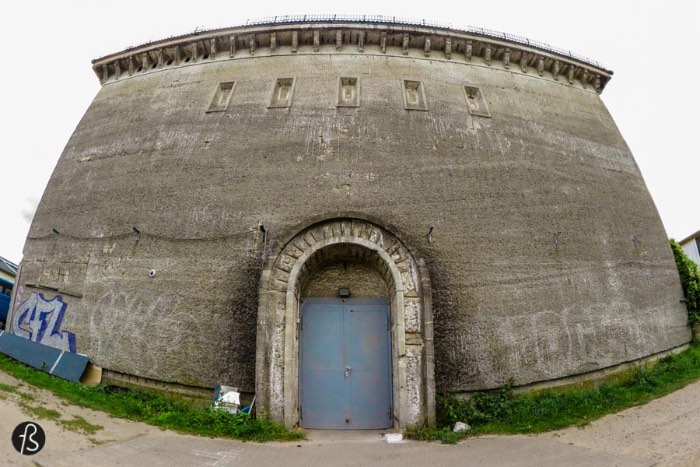
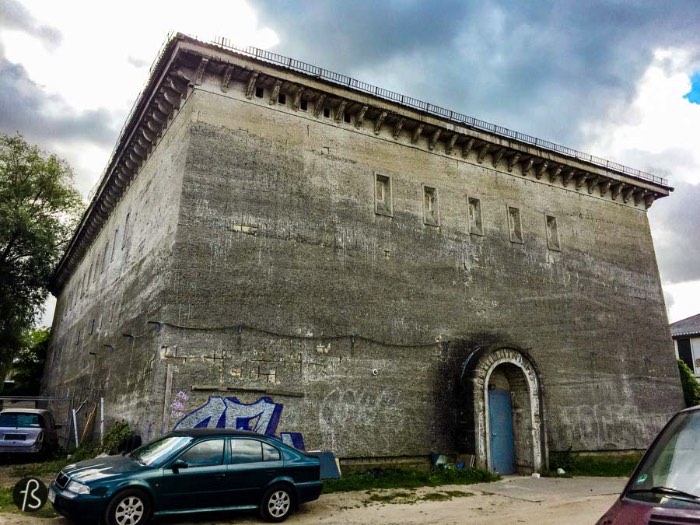

Hochbunker Pallasstraße, the Bunker in Schöneberg
While researching more bunkers in Berlin, I came across the Hochbunker Pallasstraße in Schöneberg. Built between 1943 and 1945 by slave labor, the bunker was used as a telephone and telegraph center. After the war, there were some attempts to blow it up by the American Army, but nothing worked well since there were many buildings around, and they were reluctant to cause damage.
During the 1980s, after some development and modernization, the building became a civil defense shelter and a warehouse for emergency goods.
But this is not the cool part of this bunker.
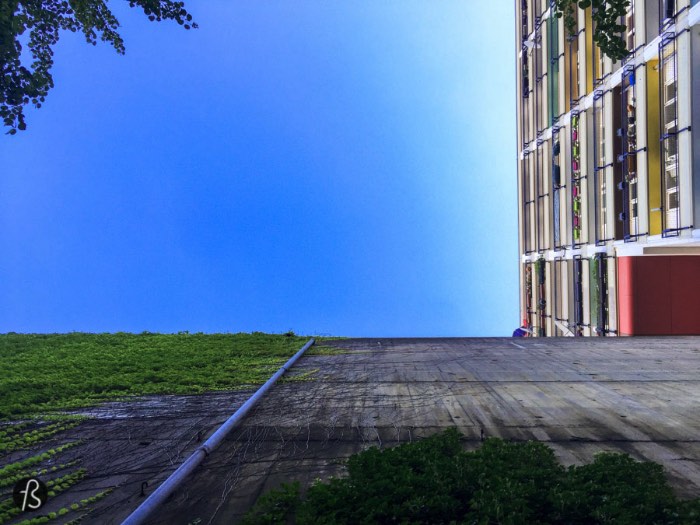
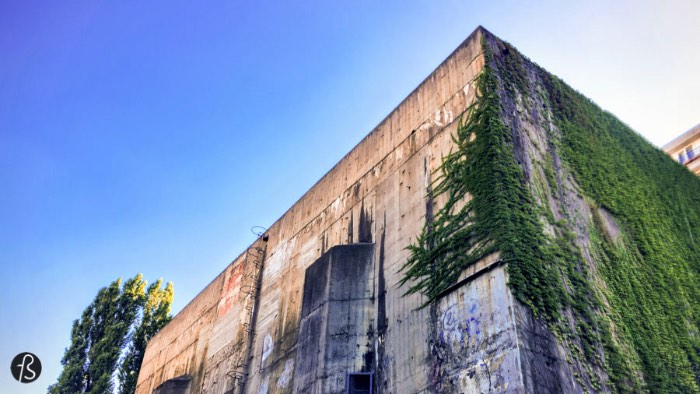
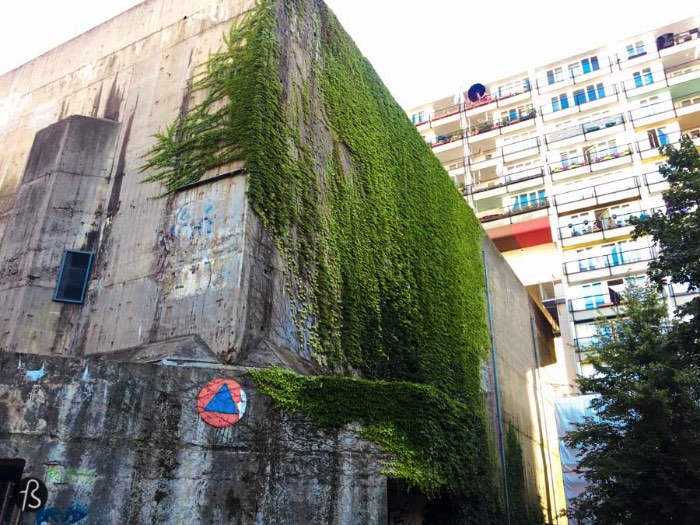
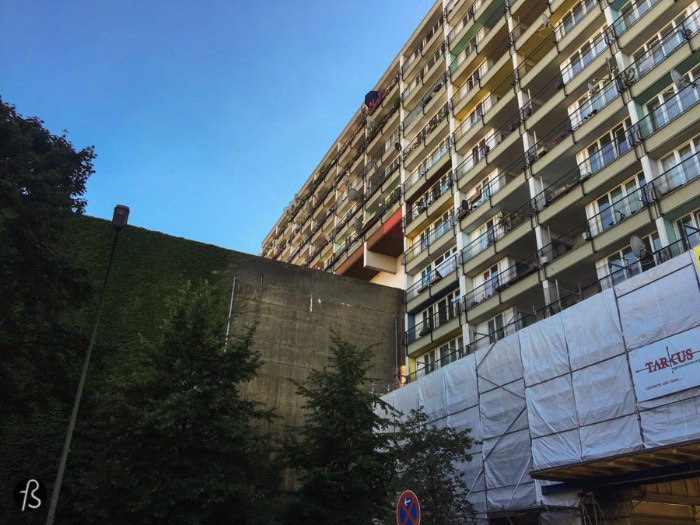
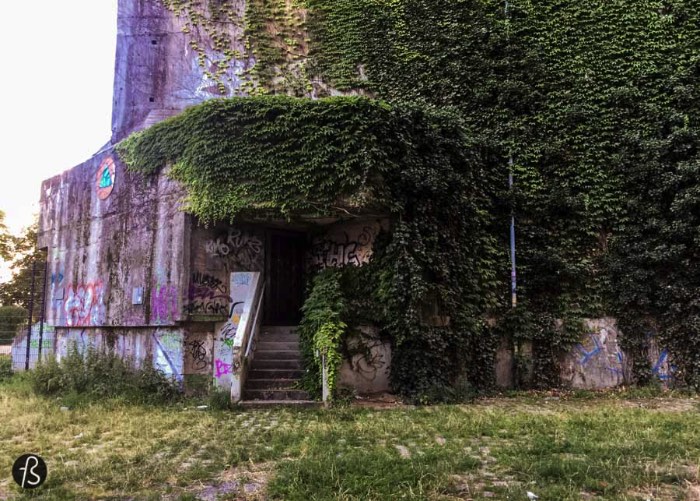
The coolest thing about this bunker is how it feels like the buildings are hugging it. Since the building known as Pallasseum was built on stilts around it, the bunker is surrounded by life, and people live close to it.
Also, the Hochbunker Pallasstraße was used as a location for the 1987 movie Wings of Desire by Wim Wenders; this is where Nick Cave plays.
Schonholzer Heide Bunkers
This is one of the few bunkers in Berlin that is easy to enter. This happens because the place is abandoned in the middle of a park, and even though it keeps getting walled in, people break it down and make it easy to enter.
We have been there before when we used to do free open tours of Berlin, and it is quite a weird sight. There is nothing to be seen inside since it has been there for a long time and is filled with garbage and trash. It looks like a turtle shell coming out of the floor, covered in graffiti from the outside.
This might be the place to visit if you want to see a bunker from the inside.
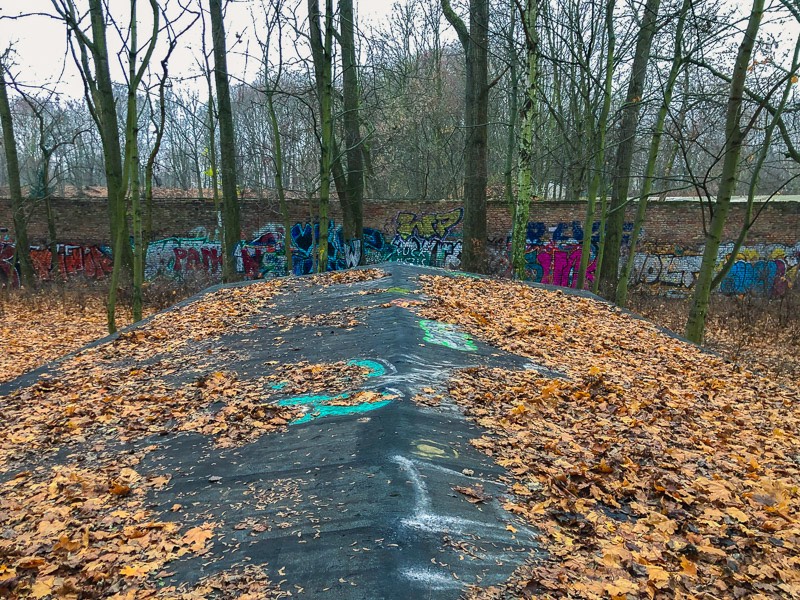
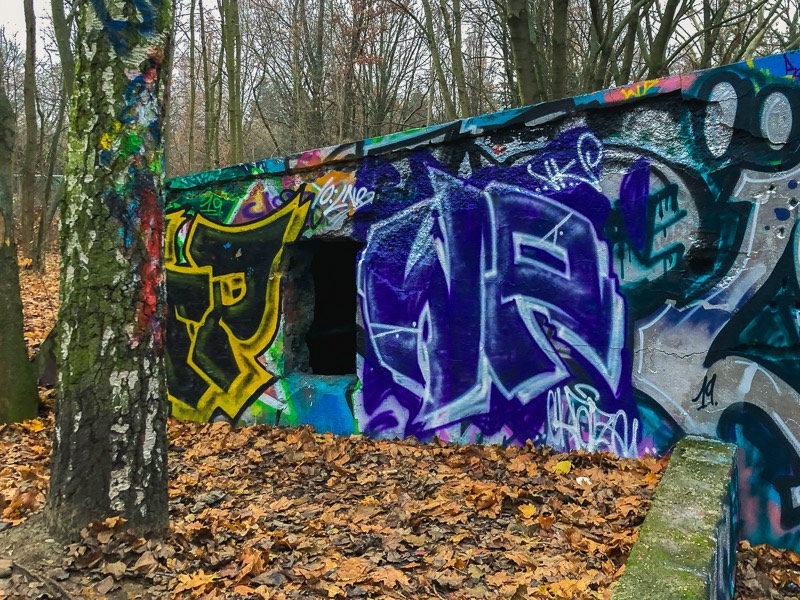
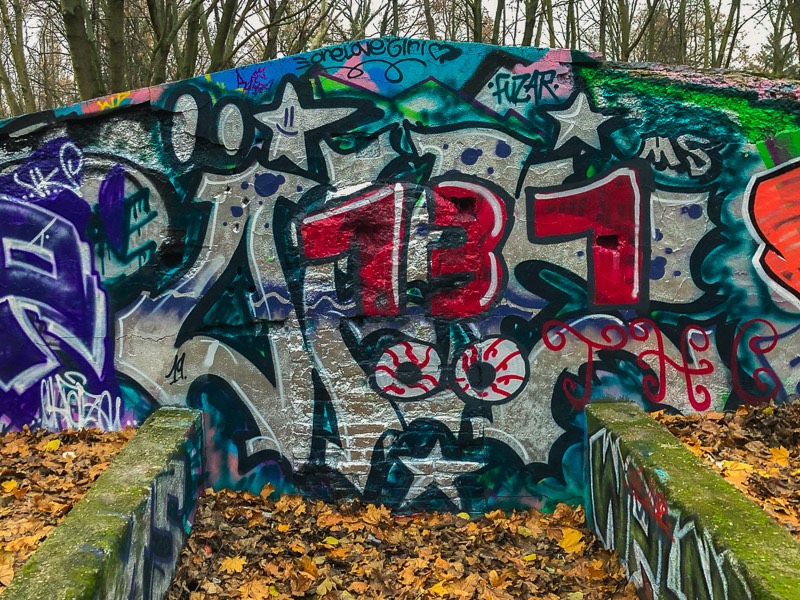
Tempelhof Bunker aka the Bundesring Bunker
You’ll find another bunker on the quiet streets next to Tempelhof. I managed to find the place by accident on a bike ride a few months ago, and I remember seeing it weird that, in the middle of this calm neighborhood, between a playground for children and some cute houses, there was a bunker.
Again, we didn’t manage to visit the place, but we should do it since it has a weird story. Today, it is the home of Tempelhofer Sportschützen 95 e.V., a shooting club that received the bunker back in 1994 as a training center.
From the outside, you cannot imagine what happens inside.
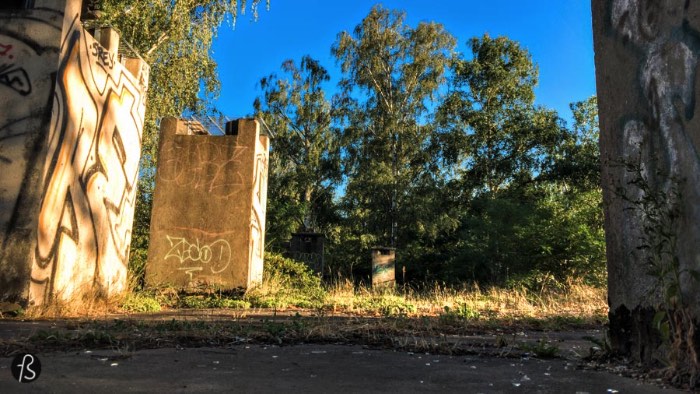

Berlin Story Bunker, the Anhalter Bahnhof Bunker
They were known as Berlin Story Bunker; this air-raid shelter was built close to one of Berlin’s biggest train stations during the Second World War. With over six thousand square meters divided into five floors and more than 100 rooms, it should have protected 3.500 people at the time. But history tells that almost 14.000 people sought protection and refuge in the bunker during the Allied bombing.
Today, the bunkers serve as a history and horror museum. Supposedly, you can learn about 800 years of Berlin History in an hour, and there is also a Berlin Chamber of Horror tour. We have never been there, so we can’t say if it’s worth it.

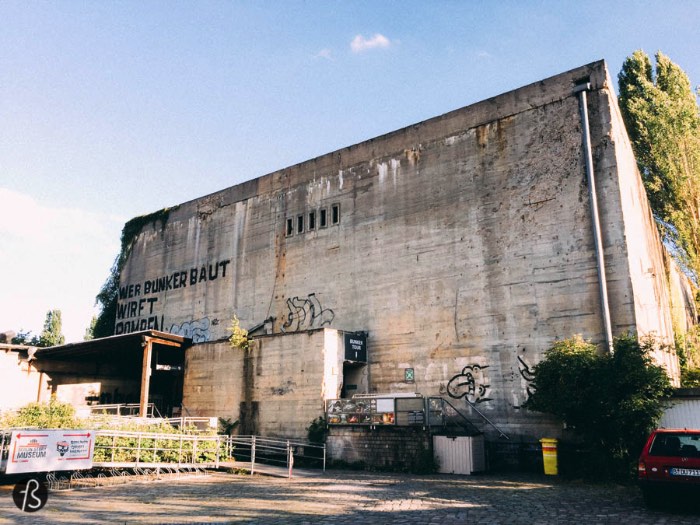
Bonus: An Abandoned Bunker in Oranienburg
On a hot summer day a couple of years ago, I decided to take my camera to Oranienburg to see if I was right, and that weird dot in the middle of a forest was really a bunker. I was there before I found my way into the SS Bakery, and I knew more was hidden in the woods around it.
Too bad the bunker wasn’t in good shape.
When I arrived, I could only see a concrete structure covered in plants filled with cracks and holes. It looked like a bunker, but it had seen better days. Still, bunker hunting in the forests around Berlin seems to be a hobby I would enjoy.
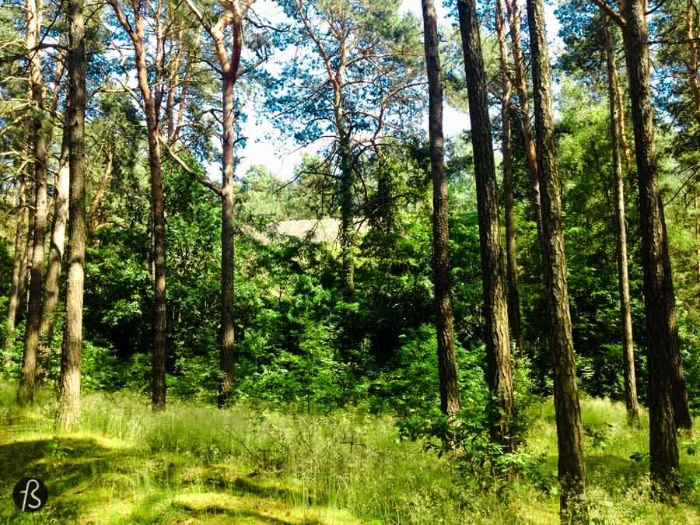
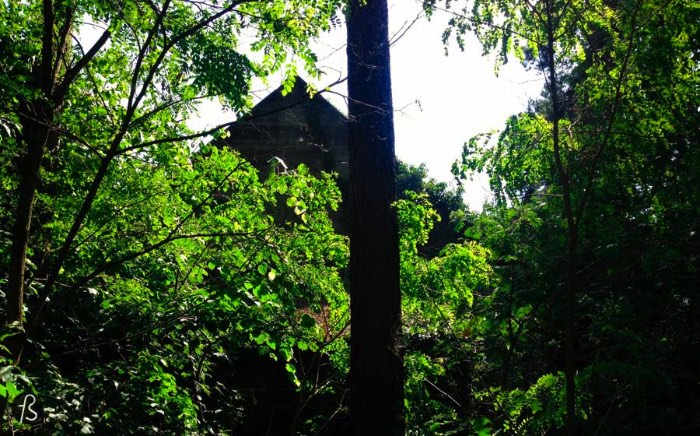
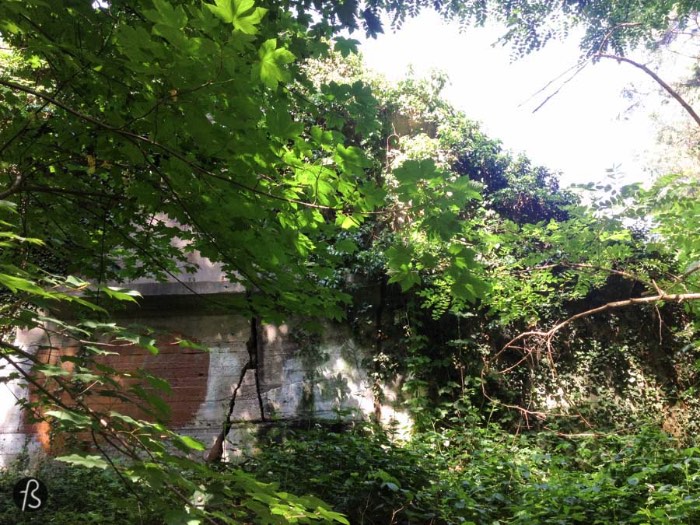
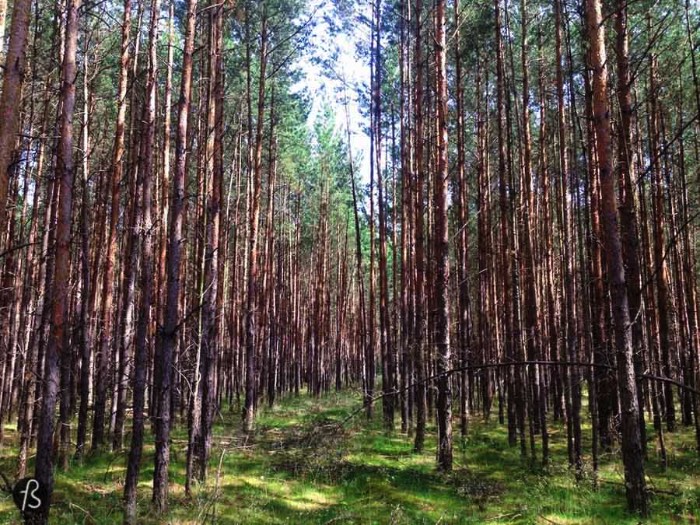
Berlin Bunkers: Abandoned Air Shelters around the German Capital
There are many Berlin bunkers on my list of places to visit, and I will keep updating this article with them as I visit them. I dig the history behind them.
If you know any bunkers we didn’t cover here, leave a tip in the comments below, and we will do our part and visit it!